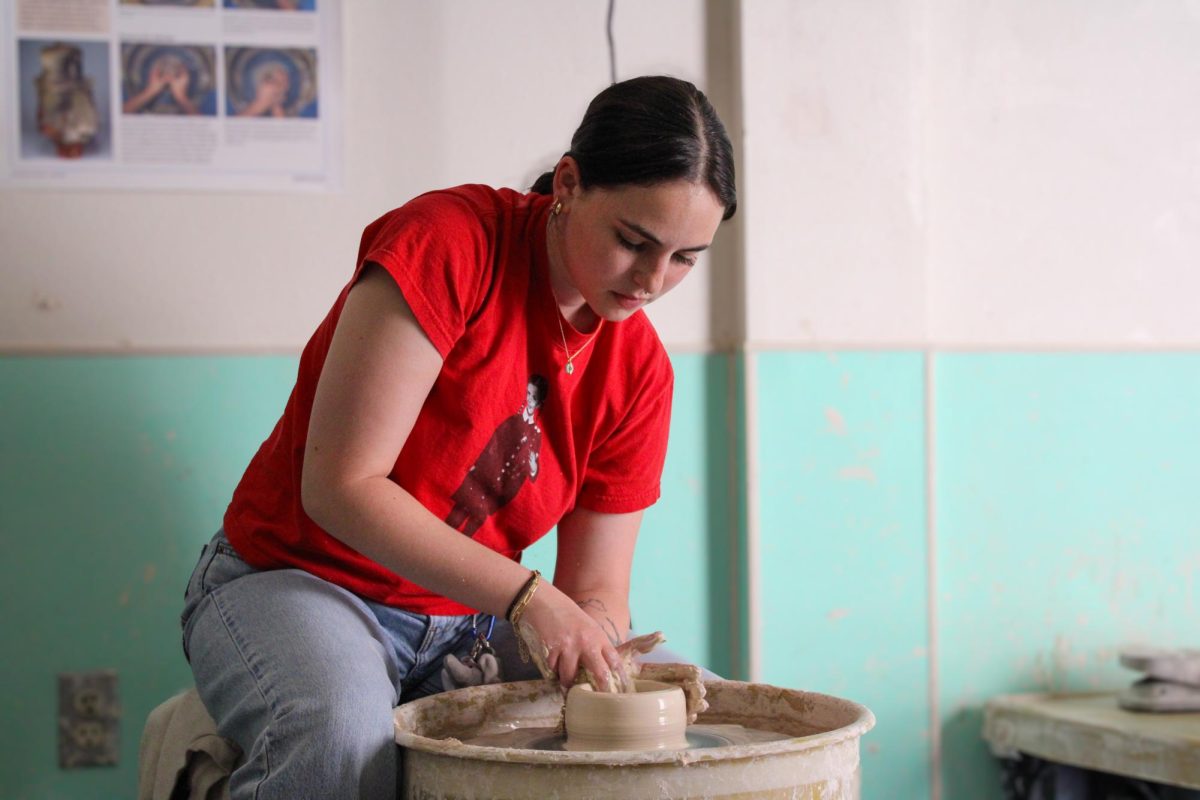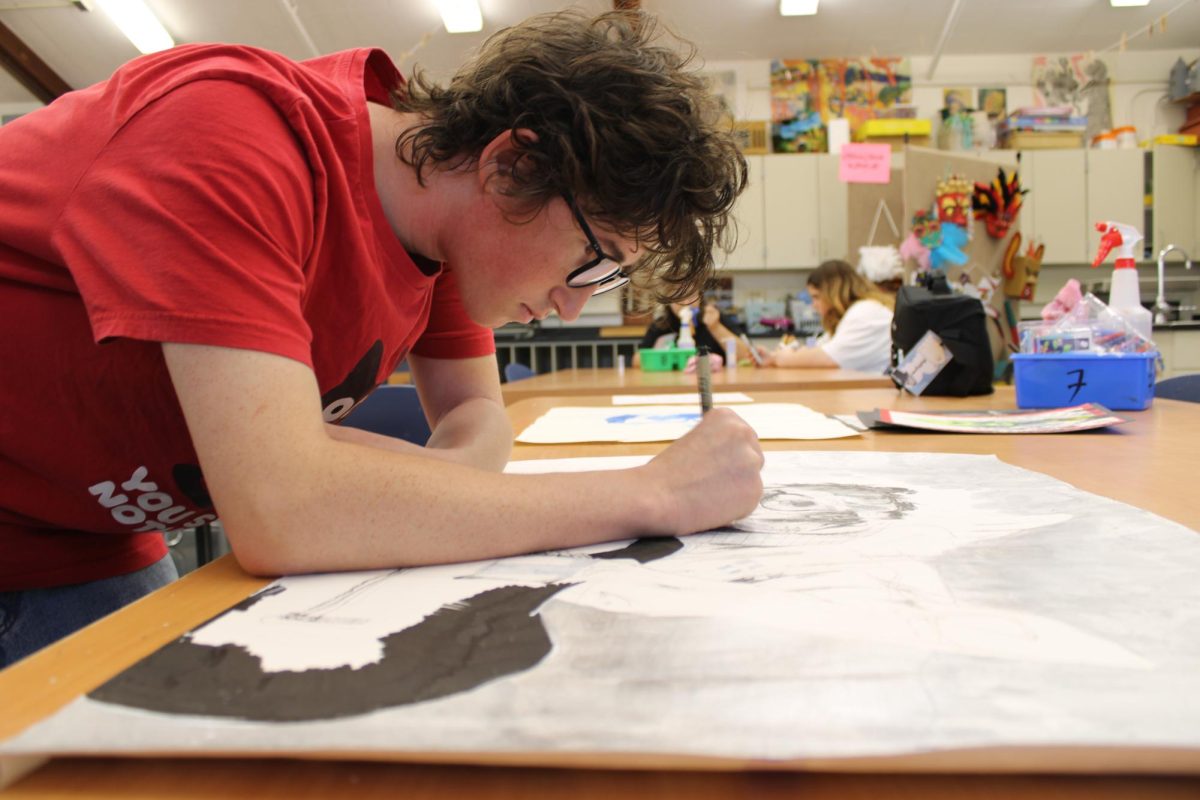With the 21st-century job market evolving, students are increasingly passionate about their dedication to integrate the arts into their lives, both personally and professionally. Picking a major, especially as a young adult, can be a daunting task, but degrees in art prove to be promising.
According to Murray State University, “Life satisfaction relative to a career in Art reports 87% satisfaction—a significantly larger percentage of contentment than reported by other alumni groups. Art majors show a higher degree of entrepreneurship than business majors, another [vital] skill required to survive and thrive in the 21st-century economy.”
The value of majoring in art is often debated within the educational community. However, with technological developments and social media’s popularity, the traditional workforce is adapting to reflect a variety of talents that hold merit.
At Woodbridge High, students have the option to continue with their art credits by adding those elective courses to their schedule and finding what type of art illuminates their vision.
Senior Shannie Hazan shares her experiences with taking art classes and how she incorporates her passion into her daily life.
“In ceramics, I enjoy exploring the tactile nature of clay and the endless possibilities it offers for sculpting and shaping, this freedom allows my creative juices to take over. I integrate art into my daily routine at home…This allows me to still maintain my artistic autonomy and not only do art within guidelines,” Hazan said.
Practicing art both on and off campus proves to be a rewarding part of another student’s life as she elaborates on her interest in realism, an art form whose purpose is to focus on a use of detail to portray contemporary life.
“I make time for art at least an hour a day even when I’m busy. I predominantly find myself drawn to the stylistic realms of fantasy and sci-fi. The [engaging] qualities of these genres captivate me. However, …I actively seek to broaden my skills by exploring diverse artistic styles,” junior Love Ganzorig said.
The flexibility that comes with doing art encourages students to find their place in the art realm and allows them to realize that whether they are planning to major in art or incorporate it with their career, it fosters critical thinking and empathy.
Visual and Performing Arts teacher Carolina Montresor expresses her appreciation for art and the impact that it has on her students in Studio Art and Ceramics.
“Art allows students to use various avenues to express themselves and use the more creative side of the brain,” Montresor said.
Montresor expands on her personal connection with art and how she generates it.
“Outside of teaching, I own my own jewelry business that allows me to be creative and continuously make artistic pieces. I also try to host an art exhibition every summer where I display some personal paintings and sculptures I have been working on over the year,” Montresor said.
Teachers and students at Woodbridge High agree on how imperative the arts are to shaping skills that are employed within the school, work or personal environments and improve the quality of life.
According to the American Congress of Rehabilitation Medicine (ACRM), “[A] study found that when people viewed the art they thought was most beautiful, blood flow increased by as much as 10% to the reign of the brain associated with pleasure.”
A dedication to handcrafted pieces stimulates brain function as doing art increases serotonin levels and allows for a better retention. Doing even a little bit of art a week such as illustrating or painting can reduce cortisol levels and stimulate mindfulness.
Blending art into academia furnishes a holistic educational experience and gives students the space to innovate and discover their niche.









